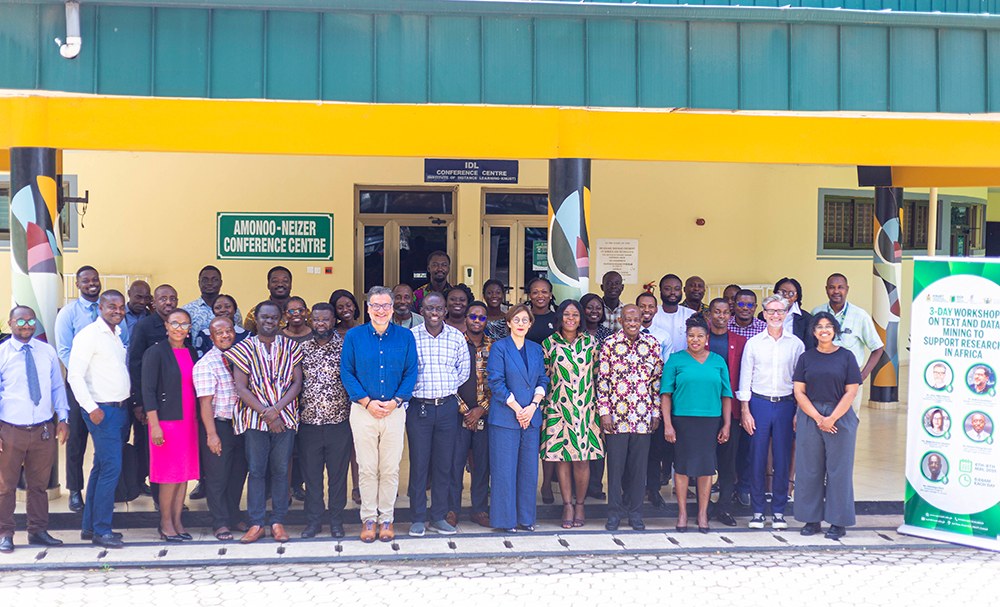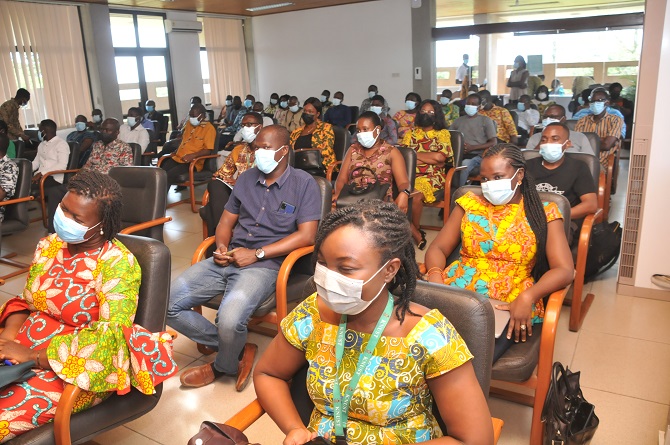Conti expanding dandelion rubber research
Main page content

HANOVER, Germany—Continental A.G. is planning to step up its research initiative into the use of latex derived from dandelions.
The company said it will commit $39 million through 2021 to build a dedicated research facility in Anklam, Germany.
The project will focus on industrializing the cultivation and processing of the plant-derived material, which Conti is developing under the brand name “Taraxagum.” The research facility will be called Taraxagum Lab Anklam.
The company expects to hire 20 in the project’s first phase. The tire maker has been developing the material for the past five years in collaboration with the IME Fraunhofer Institute in Münster, Germany, the Julius Kühn Institute in Quedlinburg, Germany, and the plant breeding company ESKUSA in Parkstetten, Germany.
The work has included the cultivation of Russian dandelion, Taraxacum kok-saghyz, to optimize yields and the development of new processing methods to produce natural rubber from the latex sap of the plant roots.
Continental has produced winter passenger tires engine mounts from the Taraxagum rubber, and aims to introduce commercial products in the next five to 10 years.
The new investment marks a “milestone” for the tires-from-dandelion rubber project, according to Andreas Topp, head of material and process development, and industrialization for tires at Continental.
Testing of tread made from pure dandelion rubber against conventional tires made with rubber from the hevea brasiliensis rubber tree has yielded “extremely positive” results, he reported.
“Now we want to drive forward the economical production of Taraxagum, and with the new research facility in Anklam we are laying the foundations for this,” Topp added.
Conti claims the plants can be cultivated in northern and western Europe, which makes transportation routes to the European production sites shorter and contributes to the sustainable and socially viable use of existing resources.



